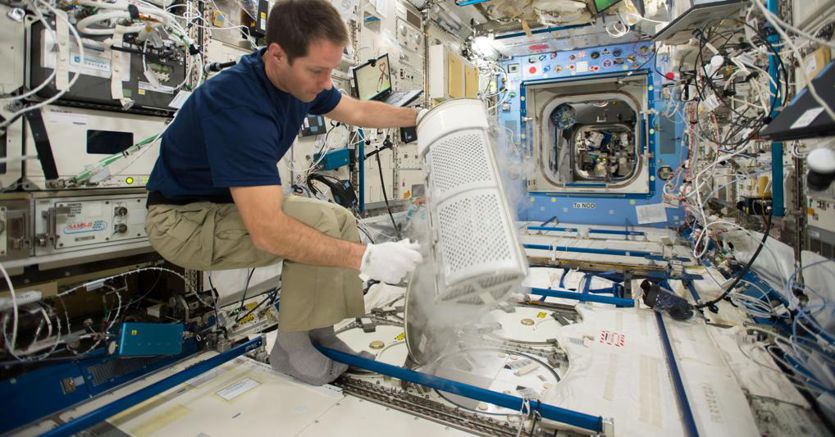There is the new micro-sensor collar to detect the circulatory signals of the astronauts’ heart-brain axis; the machine for electrospinning of nanomaterials in zero gravity; the salivary biomarker to monitor the crew’s immune system; the wearable detector of cosmic ionizing radiation; the study of hibernation to reduce radiant damage. These are the five research projects presented by universities and research centers in Emilia-Romagna to be signed in these days by ASI, the Italian Space Agency, which were placed among the top eight in Italy and will share most of the 3 , 2 million euros of funds made available for scientific experiments and technological demonstrations which in three years will arrive on board the International Space Station (SSI), 400 km from the earth’s crust, to be tested in orbit.
The Strategic Forum of Aerospace
A great blow for the Region, which is structuring a scientific and industrial chain of aerospace and avionics, under the direction of the Department of Productive Activities. On the Via Emilia there are no big names in the sector – Thales Alenia, Leonardo, Avio Aereo – but a widespread and hidden heritage of SMEs with a diversified business between aerospace, automotive, mechatronics and skills in materials, engines, sensors, components, much more. that the first task of the newborn “Strategic Aerospace Forum” of Emilia-Romagna, which took office on 17 December bringing together scientists and entrepreneurs, will be to create a complete mapping of the companies in the supply chain.
Confindustria estimates
Confindustria estimates there are about seventy manufacturing companies specialized in the region between aeronautics and aerospace, from the most famous Dallara, Curti, Mae to newco of drones and satellites. The goal is to aggregate them into the “Fly-Er” value chain created within the Cluster-ER Mech (mechanics and engines) to present them in a unified manner at institutional tables. “Inside the Pnrr there are huge resources for the aerospace economy, which in turn we have included as a” high development potential area “in our smart specialization strategy S3 2021-2027”, remarks the regional councilor for productive activities, Vincenzo Colla, who is organizing with the Italian embassy «the mission to open in Houston, Texas, the regional presidium dedicated to the aerospace sector and thus ride the growth of commercial activities that gravitate around NASA».
Strength points
The strength of the Emilian industry remains the research and innovation ecosystem. “The ASI is finalizing the contracts in these days, then there will be 36 months to develop the projects before arriving on board the International Space Station”, confirms Paolo Tortora, director of the Ciri-Aerospace of the University of Bologna, who with the Spacespinning project will develop an electrospinning machine to fabricate nanomaterials in space and regenerate damaged biological tissues. Also from Alma Mater is the Aphrodite project (lab-on-chip system, to perform analysis of biological fluids). The National Institute of Nuclear Physics will carry out two studies (Iris and Hype) on ionizing radiation. But the first project funded by ASI is that of the University of Ferrara, Drain Brain 2.0, the second step of the sensorized collar to monitor venous and arterial blood already tested by Samantha Cristoforetti in 2015, which will allow to extend the stay in space beyond 6 current months.
